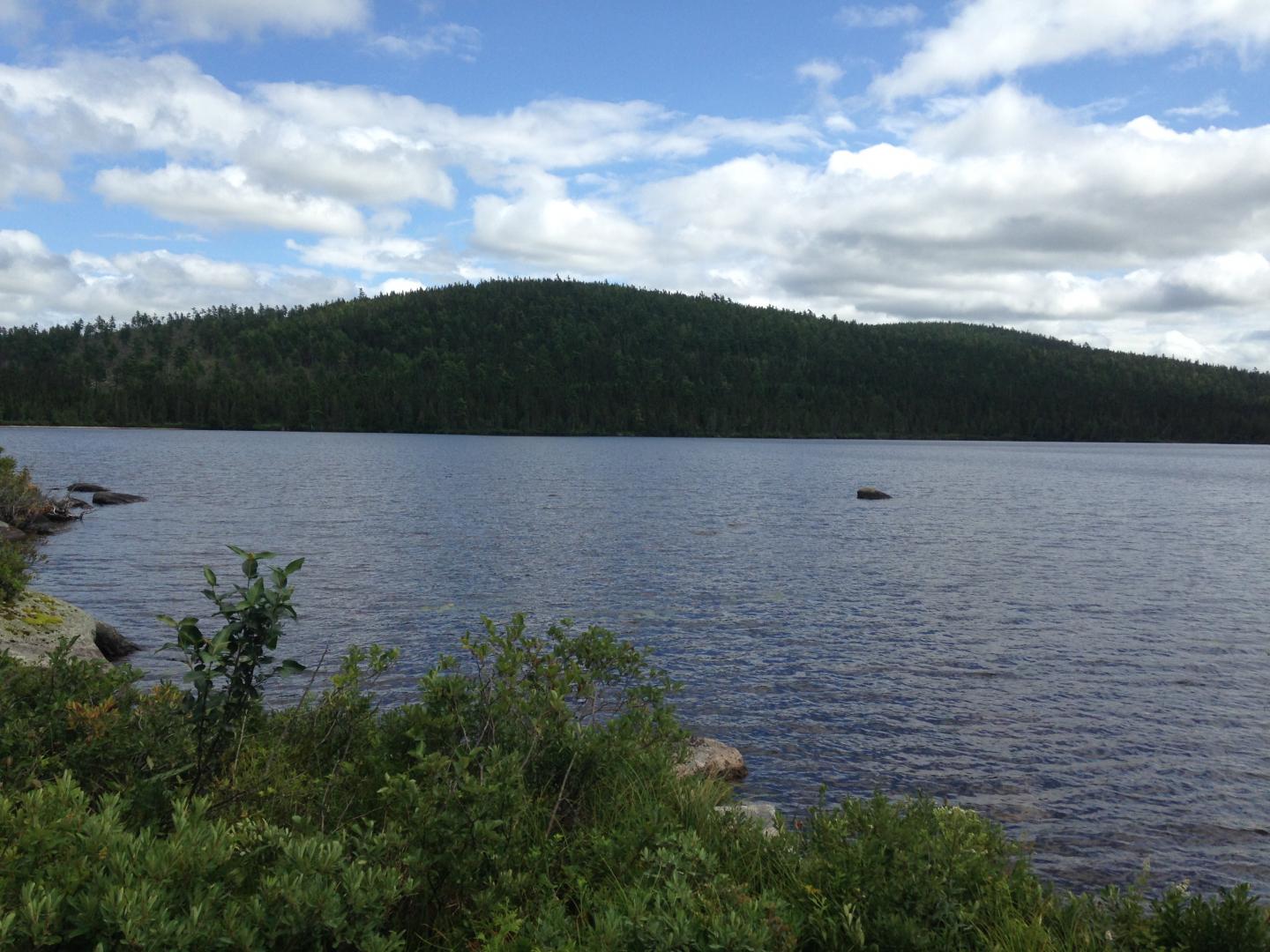
Credit: Joshua Kurek
To control pest outbreaks, airplanes sprayed more than 6,280 tons of dichlorodiphenyltrichloroethane (DDT) onto forests in New Brunswick, Canada, between 1952 and 1968, according to Environment Canada. By 1970, growing awareness of the harmful effects of DDT on wildlife led to curtailed use of the insecticide in the area. However, researchers reporting in ACS’ Environmental Science & Technology have shown that DDT lingers in sediments from New Brunswick lakes, where it could alter zooplankton communities.
After being applied aerially to forests, DDT can enter lakes and rivers through atmospheric deposition and land runoff. The long-lived insecticide, now banned in most countries, and its toxic breakdown products accumulate in lake sediments and from there, could enter the food web. Previous research has shown that freshwater crustacean zooplankton such as Cladocera, otherwise known as water fleas, are sensitive to DDT. Joshua Kurek and colleagues wondered if elevated DDT use in the 1950s and 60s could have affected zooplankton populations in lakes, and whether these changes, and DDT and its breakdown products, persist today.
To find out, the researchers collected sediment core samples from five remote lakes in New Brunswick. The lake sediment cores captured environmental conditions from about the years 1890 to 2016. The team analyzed the concentrations of DDT and its breakdown products in thin sections of the sediments, finding that peak DDT levels generally occurred during the 1970s and 80s. The most recent sediments still exceeded levels considered safe for aquatic organisms. When the researchers examined the sediments for partially fossilized remains of Cladocera, they found that most lakes showed a shift from large-bodied to small-bodied zooplankton species, which are generally more tolerant to contaminants, beginning in the 1950s when DDT was widely applied in New Brunswick.
###
The authors acknowledge funding from Natural Sciences and Engineering Research Council of Canada and Mount Allison University.
The paper’s abstract will be available on June 12 at 8 a.m. Eastern time here: http://pubs.
The American Chemical Society, the world’s largest scientific society, is a not-for-profit organization chartered by the U.S. Congress. ACS is a global leader in providing access to chemistry-related information and research through its multiple databases, peer-reviewed journals and scientific conferences. ACS does not conduct research, but publishes and publicizes peer-reviewed scientific studies. Its main offices are in Washington, D.C., and Columbus, Ohio.
To automatically receive news releases from the American Chemical Society, contact [email protected].
Follow us: Twitter | Facebook
Media Contact
Katie Cottingham
[email protected]




